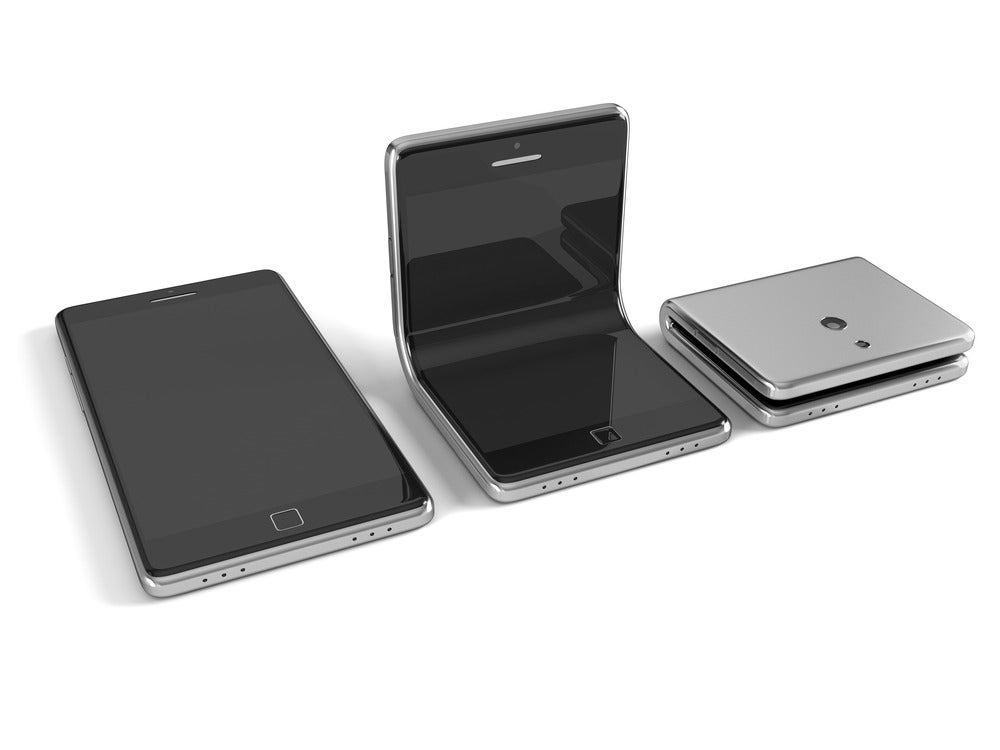The Mobile World Congress is known for its glitzy phone announcements and 2019 Barcelona was no different, with ‘foldable phones’ being one of the buzz words, a hybrid device that starts off as a phone and unfolds into a tablet with a big screen.
Foldable phones: Samsung and Huawei
Samsung Galaxy announced its, unoriginally titled, Fold, and so did Huawei with the Mate X. But steep prices and initial kinks will hinder affordability and a mainstream transition is still a long way out.
The $1980 Fold has six cameras, a 4.6-inch outer display which opens into a 7.3 inch OLED screen. Huawei’s $2600 Mate X was the only real competitor to Samsung’s Fold. The Mate X has four rear cameras, a 5G compatible chip, a 4,500mAh split-capacity battery and its six-inch front and rear displays fold on the outside to reveal an 8-inch inner display.
Foldable phones: TCL, Xiaomi and OPPO
TCL showed off an inward folding phone with its proprietary Dragon Hinge. Xiaomi showed a video of its foldable device back in January 2019, but the phone was noticeably absent at MWC. China’s OPPO showed images of its folding smartphone as well.
The only foldable phone confirmed for US shores is the Samsung Fold, carried by AT&T and T-Mobile from April 26. The Mate X is unlikely to be available through US carriers, but may well be available unlocked.
Problems with bringing foldable phones to market
The steep price of these devices is not the only hindrance to adoption. Their folding displays raise questions about their durability, not to mention the manufacturing obstacles from having a hinge in the middle of the screen.
How well do you really know your competitors?
Access the most comprehensive Company Profiles on the market, powered by GlobalData. Save hours of research. Gain competitive edge.

Thank you!
Your download email will arrive shortly
Not ready to buy yet? Download a free sample
We are confident about the unique quality of our Company Profiles. However, we want you to make the most beneficial decision for your business, so we offer a free sample that you can download by submitting the below form
By GlobalDataMultiple displays are likely to drain battery life faster than regular phones, and battery life on regular single-display phones is not their strongest feature, to say the least.
Also, there are very few apps today that are designed to work on foldable displays, and Google will not yet support foldable phones until the next update of Android expected later this year.
The R&D costs for testing battery life, folding displays and hinges, screen durability, user interface compatibility and app support will be huge and will make their way into the price of future versions of foldable phones.
What next for foldable phones?
2019 is not shaping up to be the year of the foldable smartphone. The items on show at the MWC point to a bold beginning, but most vendors and carriers are still decoding what a foldable phone is: does it fold down the middle or the side or outside-in or inside-out, or does it fold into halves or thirds?
And how do these folding techniques contribute to creating a workable, durable product? Carriers or vendors will be seeking answers to these questions particularly as they battle with rivals to lead the market in a new direction. By launching snazzy, much-awaited folding displays industry players will be wanting to claim bragging rights for having brought innovating to a stagnating industry.
Carriers should view these phones as niche products aimed at early adopters and should do much to market them to create a buzz for a new product category and a novel design.
Carriers should look at this first issuance of phones as concept devices and use consumer feedback to figure out a use case that best fits their overall strategy – whether it is a media device or a productivity tool or a two-in-one deal.









Related Company Profiles
TCL Technology Group Corp
Xiaomi Inc
Google LLC